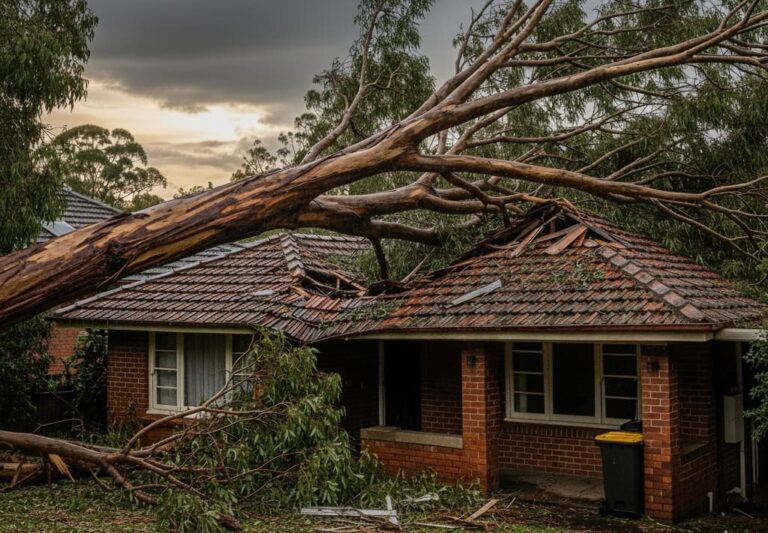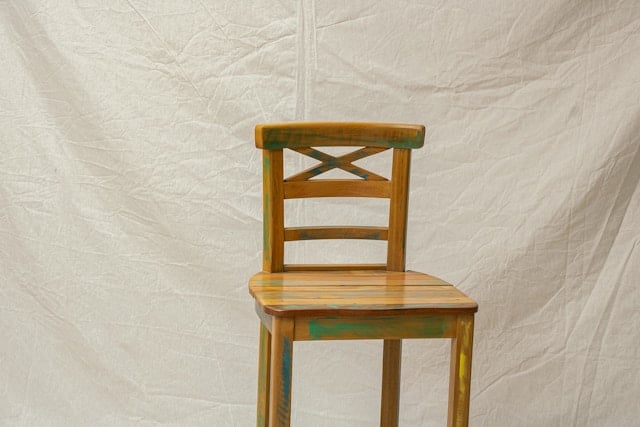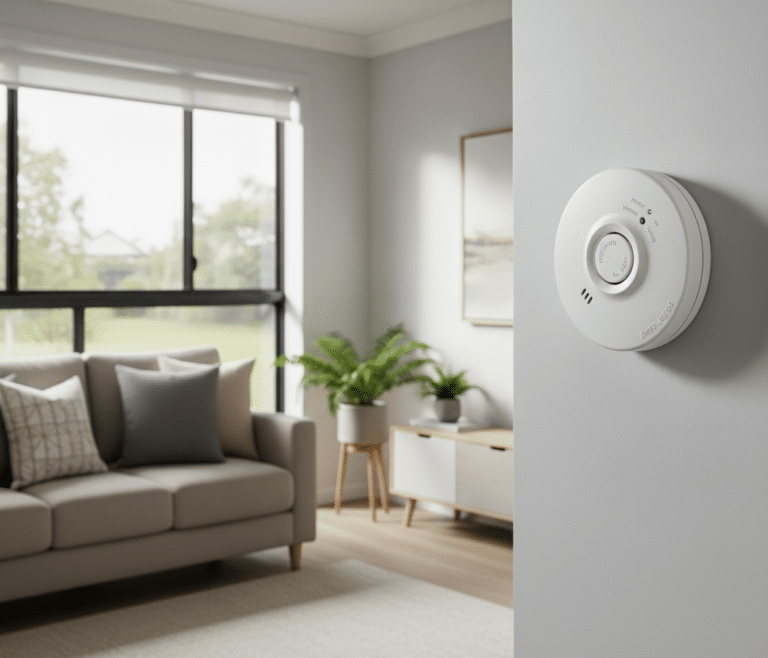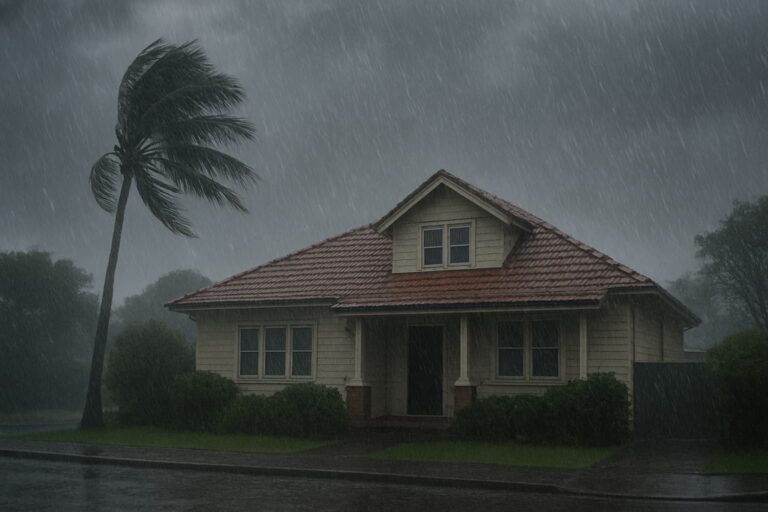Living in an older Gold Coast home comes with undeniable charm – from character-filled architecture to established neighbourhoods with mature gardens. However, beneath the surface, these properties often harbour plumbing systems that have been battling Queensland’s coastal environment for decades that can cause issues that only professionals can fix.
The Gold Coast’s unique climate, with its high humidity, salt-laden air, and occasional temperature swings, creates specific challenges for home plumbing systems. Add the natural settling that occurs in older properties, and you’ve got a recipe for plumbing issues that modern homes simply don’t face.
Understanding these common problems can help you spot early warning signs, prevent costly emergencies, and make informed decisions about maintenance and upgrades.
The Impact of Coastal Living on Plumbing Systems
The Gold Coast’s coastal environment is beautiful, but it’s tough on plumbing infrastructure. The combination of salt air, high humidity, and temperature fluctuations creates unique stresses on pipes, fixtures, and fittings that inland properties rarely experience.
Salt air is particularly harsh on metal components, accelerating corrosion and reducing the lifespan of pipes, taps, and water heaters. This is why many Gold Coast homes built before the 1980s often show signs of premature wear in their plumbing systems.
Key environmental factors affecting older homes:
- Salt air corrosion on exposed pipes and fixtures
- High humidity causing increased wear on seals and gaskets
- Temperature variations leading to pipe expansion and contraction
- Storm-related pressure changes affecting drainage systems
Drainage and Sewer System Problems
Blocked drains are perhaps the most common plumbing complaint in older Gold Coast homes. The combination of mature tree roots, aging pipe materials, and decades of use creates the perfect storm for drainage issues.
Tree root intrusion is particularly problematic in established suburbs where large trees have had years to extend their root systems. These roots naturally seek out water sources, often finding their way into small cracks in sewer pipes and growing into major blockages over time.
Common signs of drainage problems include:
- Slow-draining sinks, showers, or baths
- Gurgling sounds when water drains
- Unpleasant odours coming from drains
- Water backing up in multiple fixtures
- Wet patches in the garden near sewer lines
Many older homes also struggle with combined stormwater and sewerage systems that weren’t designed to handle today’s water usage patterns. During heavy rainfall (common on the Gold Coast) these systems can become overwhelmed, leading to backups and overflows. To prevent these issues, avoid flushing anything other than toilet paper, don’t pour grease or food scraps down kitchen drains, install drain screens to catch hair and debris, and have sewer lines inspected every few years if you have large trees nearby.
Water Pressure and Supply Issues
Low water pressure is a frequent frustration in older Gold Coast properties. While sometimes caused by local supply issues, it’s often the result of corroded internal pipes, sediment buildup, or outdated plumbing materials.
Many homes built before the 1970s feature galvanised steel pipes, which were standard at the time but are prone to internal corrosion. Over decades, this corrosion narrows the internal diameter of pipes, restricting water flow and reducing pressure throughout the home.
Symptoms of aging water supply systems:
- Consistently low water pressure in showers and taps
- Discoloured water when taps are first turned on
- Metallic taste in drinking water
- Visible rust stains around pipe joints
- Banging or rattling sounds in walls when taps are used
The problem is often more noticeable in two-storey homes, where the additional height puts extra strain on already compromised pipes. In some cases, homes may experience good pressure on the ground floor but poor pressure upstairs.
Sediment buildup in pipes is another common culprit, particularly in areas with hard water. This buildup occurs gradually over years, slowly restricting water flow until the problem becomes noticeable.
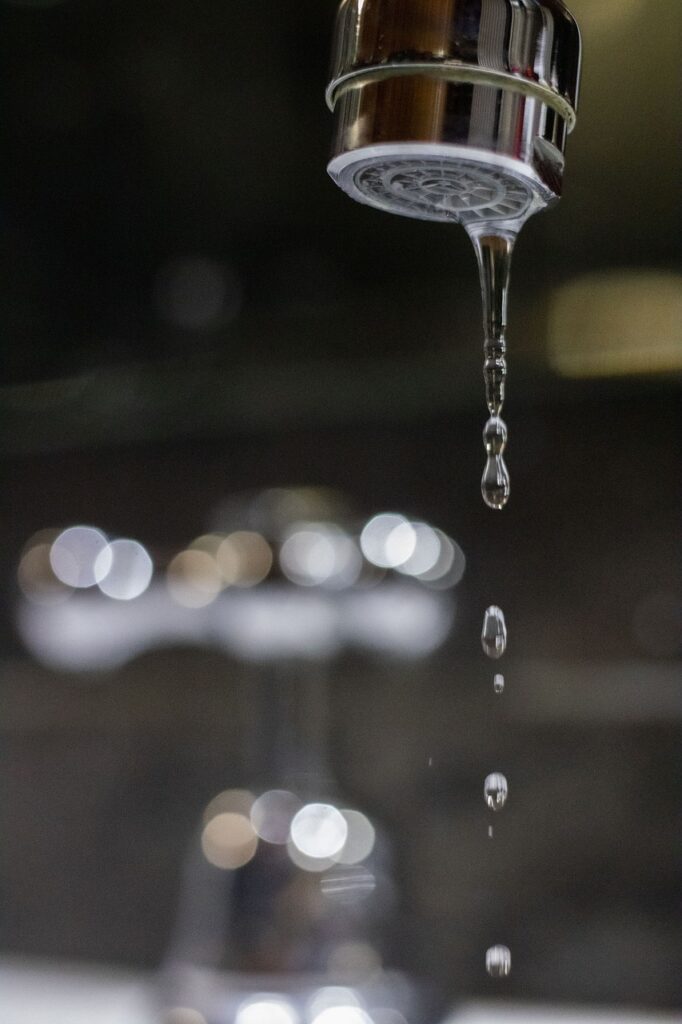
Hot Water System Challenges
Hot water systems in older homes face unique challenges on the Gold Coast. The combination of hard water, which is common in many areas, and the corrosive coastal environment means these systems often don’t last as long as they would in other climates.
Traditional electric storage systems, which were popular in older homes, are particularly vulnerable to sediment buildup in the tank. This sediment not only reduces efficiency but can also cause the system to fail prematurely.
Warning signs of hot water system problems:
- Inconsistent water temperature
- Strange noises from the hot water unit
- Rusty or discoloured hot water
- Higher than usual electricity bills
- Visible leaks around the unit
- Running out of hot water more quickly than usual
Gas systems, while generally more efficient, can also face challenges in the coastal environment. Salt air can corrode external components, while internal parts may suffer from the same sediment and scaling issues as electric systems.
Regular maintenance is crucial for extending the life of any hot water system in older Gold Coast homes. This includes periodic flushing to remove sediment and inspection of sacrificial anodes in electric systems.
If you’re concerned about water quality or sediment buildup affecting your hot water system, Gold Coast City Council offers professional water testing services through their Scientific Services laboratory. These tests can identify mineral content, hardness levels, and other factors that contribute to sediment formation in your water. Understanding your water quality helps determine how often your system needs maintenance and whether additional filtration might extend its lifespan.
Fixture and Fitting Problems
Taps, toilets, and other fixtures in older homes often show their age through persistent leaks, difficulty operating, or complete failure. The constant use over decades, combined with coastal conditions, takes its toll on these components.
Leaking taps are not just annoying – they waste significant amounts of water and can indicate broader problems with your plumbing system. What starts as a small drip can quickly escalate if the underlying cause isn’t addressed. Common issues include worn washers and seals causing persistent drips, corroded tap bodies that can’t be properly repaired, toilet cisterns that don’t fill or empty properly, shower fixtures with poor water flow or temperature control, and pipe joints that have loosened over time.
Toilet problems are particularly common in older properties. The internal components of toilet cisterns have improved significantly over the years, and older systems often waste water through constant running or inefficient flushing mechanisms.
Simple maintenance can help prevent many issues: replace tap washers at the first sign of dripping, check toilet cistern components annually, clean shower heads regularly to prevent blockages, and tighten visible pipe connections if they appear loose.
Foundation and Structural Impacts
Older Gold Coast homes have had decades to settle, and this natural process can have significant impacts on plumbing systems. As foundations shift slightly over time, they can stress rigid pipe connections, leading to leaks or complete breaks.
This is particularly problematic with older pipe materials like cast iron or clay, which are less flexible than modern alternatives. Small movements that wouldn’t affect newer plastic pipes can cause significant problems with these traditional materials.
Clay pipes, commonly used for sewer connections in older homes, are especially vulnerable to ground movement. They can crack or separate at joints, allowing tree roots to enter and sewage to leak into surrounding soil. Foundation-related plumbing issues often show as cracks appearing in walls or ceilings near bathrooms, doors or windows that suddenly don’t close properly, wet patches in gardens with no obvious cause, sudden changes in water pressure or flow, and unusual sounds from pipes during normal use.
Understanding the different pipe materials used over the decades can help you identify potential issues in your older home:
| Pipe Material | Common in Homes Built | Expected Lifespan | Main Issues |
| Galvanised Steel | Pre-1970s | 20-50 years | Corrosion, reduced water pressure |
| Cast Iron | 1930s-1970s | 50-100 years | Root intrusion, cracking |
| Clay Pipes | Pre-1980s | 50-100 years | Tree root damage, ground movement |
| Copper | 1970s-1990s | 50-70 years | Pinhole leaks, salt air corrosion |
While foundation settlement is normal and usually not dangerous, its impact on plumbing systems shouldn’t be ignored. Early intervention can prevent minor issues from becoming major emergencies.
When to Call a Professional
While some plumbing issues can be handled with basic DIY skills, many problems in older homes require professional attention. The combination of aging materials, complex systems, and potential safety issues means that what appears to be a simple fix can quickly become complicated.
Professional help is recommended for:
- Persistent blockages that don’t respond to basic clearing methods
- Any work involving gas connections or electrical components
- Pipe repairs or replacements
- Issues affecting multiple fixtures simultaneously
- Problems with hot water systems
- Suspected sewer line problems
Regular professional inspections are particularly valuable for older homes. An experienced plumber can spot potential problems before they become emergencies and provide advice on prioritising repairs and upgrades.
Many issues that seem minor can indicate larger problems lurking behind walls or underground. Professional assessment ensures that you’re addressing the root cause rather than just treating symptoms.
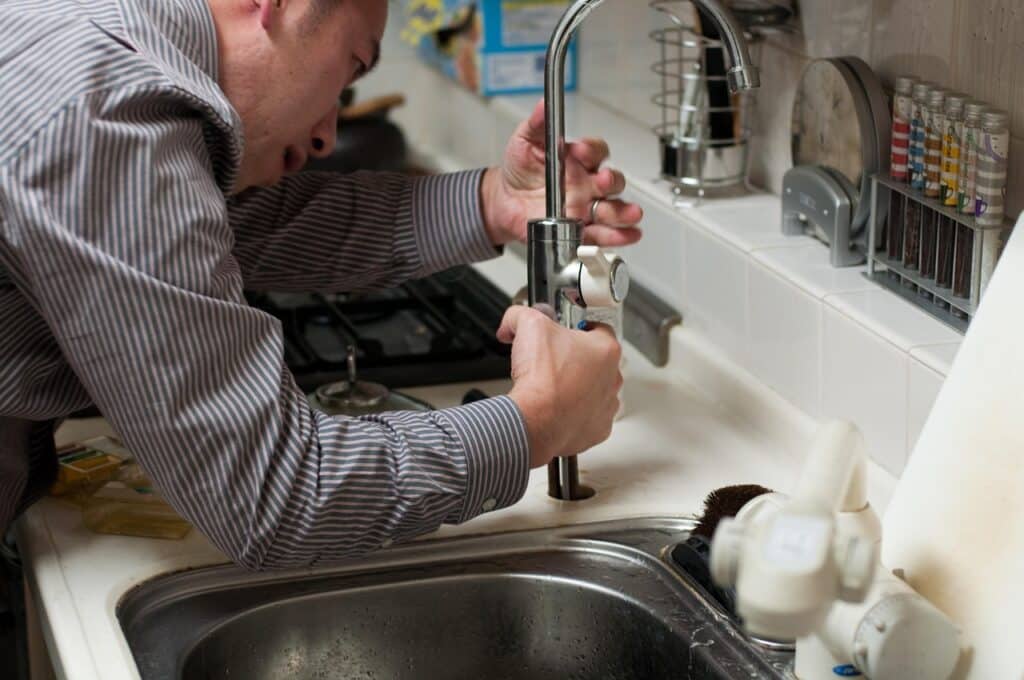
Planning for Upgrades and Maintenance
Living in an older Gold Coast home means accepting that plumbing upgrades will eventually be necessary. Rather than waiting for emergencies, smart homeowners plan these improvements as part of their property maintenance strategy.
Modern plumbing materials are far superior to those used decades ago. Today’s plastic pipes resist corrosion, are flexible enough to handle minor ground movement, and have much longer expected lifespans than their predecessors.
Prioritising upgrades:
- Start with the most problematic areas first
- Consider whole-house repiping if multiple systems are failing
- Upgrade hot water systems to more efficient models
- Install water-saving fixtures during renovations
The investment in quality plumbing upgrades pays dividends in improved reliability, water efficiency, and peace of mind. Modern systems also add value to your property and make it more attractive to potential buyers.
Conclusion
Older Gold Coast homes offer character and charm that’s hard to find in new developments, but they do require thoughtful maintenance of their plumbing systems. The coastal environment, combined with decades of use and natural settling, creates unique challenges that modern homes simply don’t face.
By understanding these common issues and staying alert to warning signs, you can address problems early and avoid costly emergencies. Regular maintenance, professional inspections, and strategic upgrades will keep your older home’s plumbing functioning reliably for years to come.
Remember that small problems rarely get better on their own – they usually get worse and more expensive to fix. When in doubt, consulting with an experienced Gold Coast plumber can save you time, money, and stress in the long run.

